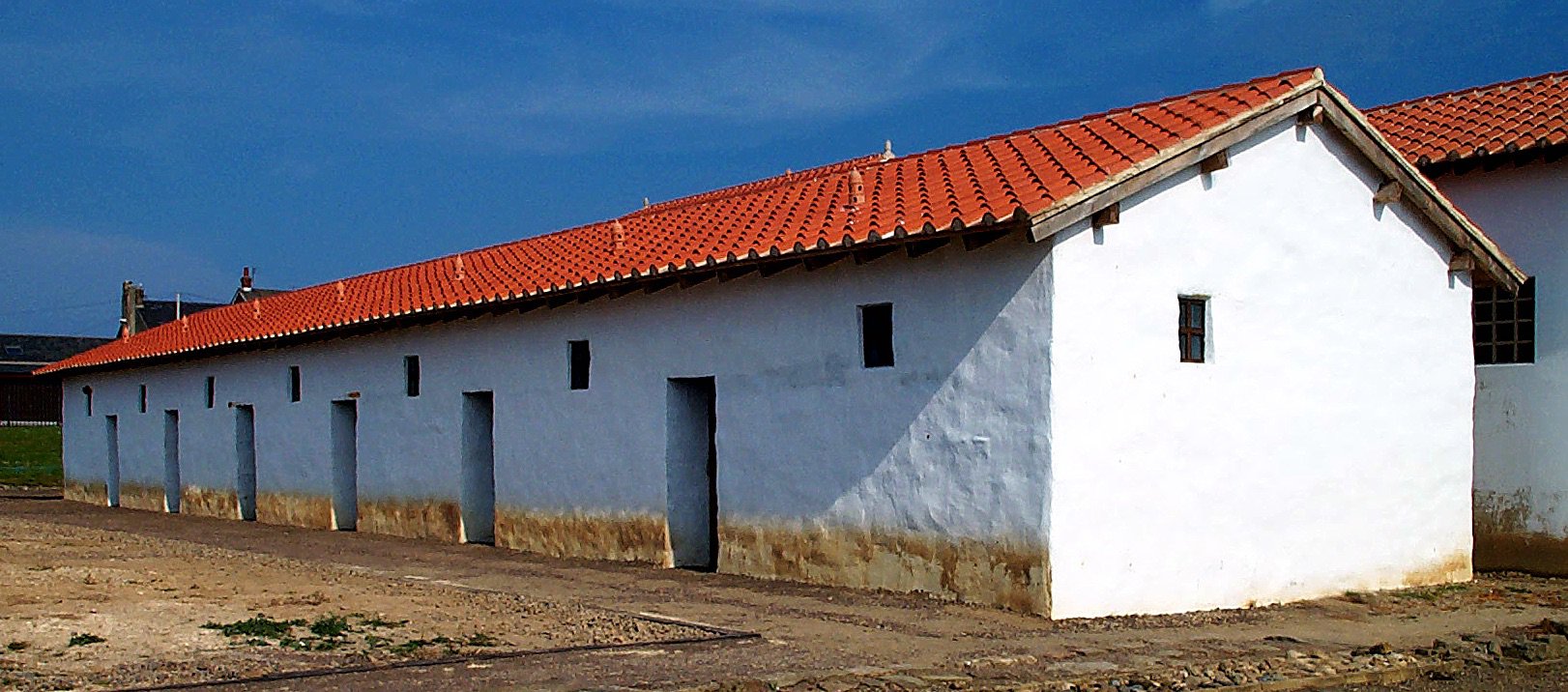Metal belt mount activity
This activity is aimed at schools & families to help discover the wonder of Roman objects in our collection.
Metal Belt mount

A belt mount is a piece of cast alloy metal meant for decoration as well as strengthening of the belt. Mounts could be attached over the belt's entire length or only on the part around the buckle. A belt would be cut out of leather by a leather worker and someone else put on the buckle, strap end, and metal mounts.
This is a mount used to decorate a soldier’s leather belt. The belt was considered one of the most important symbols of a Roman soldier because it was used on a daily basis, unlike a soldier's armour or weapons. Not allowing a soldier the right to wear his belt was considered a punishment. Only Roman soldiers, and some civil servants wore decorated belts.
Belt mounts came in many different shapes and designs. The Romans especially loved a bit of openwork decoration, to create an interesting pattern between the colour of the metal and the colour of the leather – the evidence from Roman frescos and wall-paintings suggests red was a popular colour for military belts.
Soldiers would hang a variety of items such as a dagger or knife and a money purse off their belts on loops or rings that were attached to the lower part of a decorative mount or attached to the bottom edge of the belt.
Activities
Take a good look at this belt mount
What do you see, notice and wonder about it? What type of metal do you think this is made from? Do you think they made a belt more or less comfortable to wear? Do you think the belt had only the one mount or maybe more? Do you think it was considered a very fancy design or a simple design? What shapes can you see? What would you hang off your belt today?
Now it’s your turn
Using materials you have, design your own belt with mounts. You can create a sketch of your ideas first on paper. Will your belt have one or more mounts? Where will they be on the belt? What will they look like? Will they all be the same or will you have a variety of mounts in a pattern? Research Roman belt design for inspiration. Once you have finished your sketch, make your belt. Strips of cut card, newspaper, foil, or cloth can be your belt base.
Learning Extension
Leather from belts rarely survive, but archaeologists often find objects made of metal, like the belt mount above, pottery, glass, and bone. Can you think of other materials or things that the Romans may have used at Arbeia that archaeologists rarely find? Why do you think that is? Take a look at the picture of a soldier's barrack block and inside the soldiers' quarters at Arbeia Roman Fort below. This is how archaeologist believe it might have looked. It is impossible for archaeologist to know for certain as many materials decompose in the ground over time. This means they would not be discovered to help inform the archaeologist as to what the Romans living at Arbeia actually used in every case.
Try this
Look at the photos and make a list of everything you see and what you think it is made from (this includes floors, walls, roof etc). Next circle the objects on your list you think archaeologist will find in the ground after 2 000 years. Underline the objects on your list that you think would have decomposed after 2,000 years. Can you draw any conclusions based on your answers? What materials last longer? What kind of materials break down and disappear over time? Do you think you would find objects whole, whole but broken, or with pieces missing? Besides time, are there any other factors you can think of that might contribute to the disappearance of objects?


More online activities to enjoy
Unfortunately at this current time we can not offer our full family programmes in the museums but we have created lots of online learning activities for you to enjoy.
More online activities from our venues:
Segedunum Roman Fort
Find out about Marvellous Mondays : Home from Segedunum Collections.
South Shields Museum & Art Gallery
Take part in Take One Treasure Challenge - activities inspired by the museum collection.




